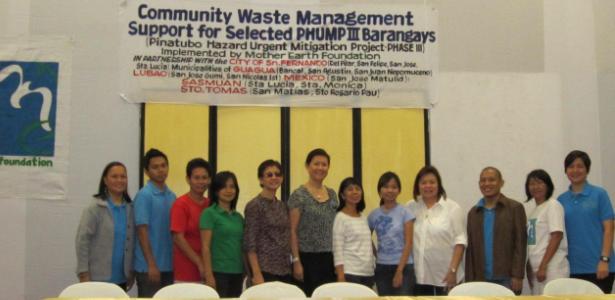WORKERS in plastic manufacturing industry filed criminal and administrative charges against Muntinlupa Mayor Aldrin San Pedro on Wednesday in connection with his “oppressive implementation” of total plastic ban in the city.
Accompanied by counsel Raymund Palad at the Ombudsman, Alan Malapitan, a leader of a workers group, told the Manila Standard that the local government’s ban on plastic bags threatens more than 5,000 workers.
“The problem in Muntinlupa is discipline in the disposal of garbage and to put a shortcut the city government ordered for a total ban without even looking into the possible effect of the ordinance,” he said.
Malapitan said displacement should not be the answer as the Philippine Plastic Industry Association recently came up with a technology wherein oxo-biodegradable additive is added to plastic components to make them degradable within two to four months.
Malapitan stressed that while the city ordinance bans the use of plastic bags and styropor and styrofoam products, no such ban can be found in Republic Act 9003 or the Solid Waste Management Act.
“The laborers are also seeking the manufacturers’ group to act in order to protect the workers’ security,” he said. Of the 175,000 workers in plastic manufacturing firms nationwide, those working in Metro Manila, mostly in Valenzuela and Caloocan cities, are the most affected.
Palad, meanwhile, said they received information that after the ban on plastic bags was ordered in Muntinlupa City, a person related to San Pedro reportedly started supplying paper bags as replacements.
“How can they say that the cost of the replacement like paper bags will not be an added expense to the consumers?” the lawyer said.
Palad also said Marikina City, which was greatly affected by typhoon Ondoy, suspended a city ordinance banning the use of plastic bags in public markets after it learned of the effect in the labor workforce.
Recently, the PPIA sought the Muntinlupa city government’s reconsideration for the implementation of a total ban which took place last January 18.
Accompanied by counsel Raymund Palad at the Ombudsman, Alan Malapitan, a leader of a workers group, told the Manila Standard that the local government’s ban on plastic bags threatens more than 5,000 workers.
“The problem in Muntinlupa is discipline in the disposal of garbage and to put a shortcut the city government ordered for a total ban without even looking into the possible effect of the ordinance,” he said.
Malapitan said displacement should not be the answer as the Philippine Plastic Industry Association recently came up with a technology wherein oxo-biodegradable additive is added to plastic components to make them degradable within two to four months.
Malapitan stressed that while the city ordinance bans the use of plastic bags and styropor and styrofoam products, no such ban can be found in Republic Act 9003 or the Solid Waste Management Act.
“The laborers are also seeking the manufacturers’ group to act in order to protect the workers’ security,” he said. Of the 175,000 workers in plastic manufacturing firms nationwide, those working in Metro Manila, mostly in Valenzuela and Caloocan cities, are the most affected.
Palad, meanwhile, said they received information that after the ban on plastic bags was ordered in Muntinlupa City, a person related to San Pedro reportedly started supplying paper bags as replacements.
“How can they say that the cost of the replacement like paper bags will not be an added expense to the consumers?” the lawyer said.
Palad also said Marikina City, which was greatly affected by typhoon Ondoy, suspended a city ordinance banning the use of plastic bags in public markets after it learned of the effect in the labor workforce.
Recently, the PPIA sought the Muntinlupa city government’s reconsideration for the implementation of a total ban which took place last January 18.




